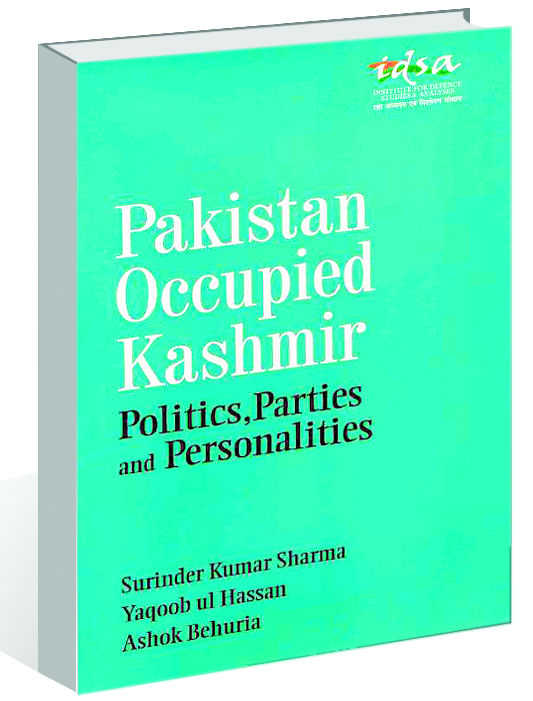M Rajivlochan
The two-nation theory responsible for the creation of the Islamic Republic of Pakistan presumed that the Muslims of India needed a separate country because they could not get justice in a country not run by Muslims. This theory played out in its most violent form on them when Pakistani invaders occupied large swathes of the riyasat of Jammu and Kashmir during the invasion of 1947-48.
India’s foreign policy, wavering between self-abnegation and infantile rage based on the intuition and whims of great leaders, easily allowed this occupation and then tried to forget this occupation as if it did not matter. This book tries to remedy that forgetfulness by sharing some basic information about Pakistan Occupied Kashmir and the transformations that have happened there in the past seven decades.
Over the years, Pakistan has replaced the indigenous population with Punjabi settlers, often families having connection with the Pakistani military, changed the administrative boundaries of the region and created new provincial governments. There is little that is indigenous in Pakistan Occupied Kashmir any more. This book tells us how that happened. It seeks to reduce the ignorance of Indians about the portion of Kashmir which remains under Pakistani military occupation till today.
The book is based on authentic primary documents from India and Pakistan. Its strong point is that it also brings to light information from the vernacular press as also a number of international institutions. It is divided into seven chapters and carries 15 appendices. Between them, they provide information about various political groupings in Pakistan Occupied Kashmir, including Pakistan Occupied Gilgit and Baltistan.
Two-thirds of the book is devoted to Gilgit and Balitstan. The authors provide a general backgrounder to the region, details of the political parties and the presence of nationalist pressure groups. It also highlights the debate around creating a separate administrative unit comprising only of Gilgit and Balitstan and providing the people of this region with representation in the national polity.
It tells us of the manner in which the polity, economy and society of this region has transformed over the decades. The one thing that remains constant is the control of the military over the administration and government. In the initial years of military occupation, the Pakistani military got support of the Muslim Conference, an indigenous political party that since the 1940s had been a supporter of the two-nation theory.
The authors point out that only those political groupings were able to survive here which had the approval of the military and supported Pakistan’s agenda in Jammu and Kashmir and which vowed to support the two-nation theory. The elected members of the legislative council, for example, were forced to take an oath that they “shall strive to preserve the Islamic ideology which is the basis for the creation of Pakistan” (p. 311). Those political parties which sought to represent the interests of the people were sidelined. By 1974, even the Muslim Conference was on its way to becoming a bit player in PoK.
The political space was now dominated by the main stream Pakistani political parties. The indifference of the political parties to the interests of the local population became starkly visible when foreign relief workers arrived with relief goods to help out in the aftermath of the earthquake of October 2005. Significant in their absence were the officials and politicians of Pakistan.
Significant also is an absence in this book: the absence of Indian responses to happenings in the territories of Jammu and Kashmir that Pakistan had forcibly occupied in 1948. There is no mention of the numerous debates within the Indian Parliament through 1948 to 1972 on getting Pakistan evicted. The authors do append the Shimla Agreement of 1972 but, without a comment that Indira Gandhi, through this agreement, effectively approved of the Pakistani military occupation.
Continuous and unchallenged adverse possession, as we have learnt recently, forms the basis of legal ownership. To that extent, the Indian foreign policy establishment has, by default, allowed Pakistan the legal ownership of the territory that it had militarily occupied in 1948. Hopefully, after reading this book, foreign policy experts of India will be more careful to not follow a policy that is based on sacrificing Indian interests and empowering the enemy.
Unlock Exclusive Insights with The Tribune Premium
Take your experience further with Premium access.
Thought-provoking Opinions, Expert Analysis, In-depth Insights and other Member Only Benefits
Already a Member? Sign In Now











